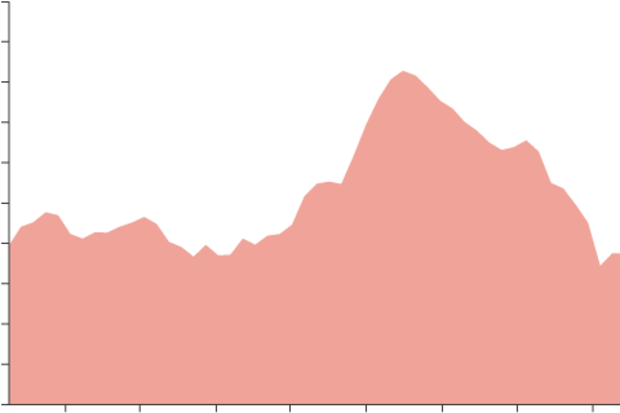Blogs
A few weeks ago, NCEI updated its U.S. climate trends maps with the data from 2018. Most months and places are getting warmer over time, especially over the very long (century scale) term.
But some regions and seasons are not changing in lock-step with the big picture. For January, considering all 124 years spanning 1895 through 2018, much of the South and Mid-South has cooled slightly. That regional/seasonal exception to the rule is a feature of and testament to the complexity of the climate system.
We’re going to look at January trends to tease out some nuances with how these trends are computed. Let’s go Beyond the Data.
Linear trends: the duct tape of statistics
…
Read article
We’ve talked a lot about how ENSO impacts weather and climate around the world on this blog, but did you know that ENSO also could affect your health? In fact, ENSO can affect outbreaks of a variety of diseases, including cholera, Chikungunya, Zika, Rift Valley fever, and plague (yes, that infamous, Medieval-times kind of plague!).
A multi-organization team of scientists (1) led by Dr. Assaf Anyamba of the Universities Space Research Association (USRA) at NASA Goddard Space Flight Center recently combined this disease knowledge with seasonal ENSO predictions to issue early warnings for possible disease outbreaks throughout the globe. These alerts proved to be quite accurate during the gre…
Read article
Borrowing one of meteorology’s great euphemisms, this spring has been “an active one” in much of the country. The Plains and Upper Midwest experienced huge events in back-to-back months. March brought an explosive winter storm to much of the region, and a cascade of events that led to historic flooding from Nebraska to Wisconsin. April gave us a more canonical blizzard, a winter storm with snowfall measured in feet.
So what happened? How does this fit into history? How does April bring the huge storms? Some answers follow. Let’s go Beyond the Data.
The March Cyclone and Floods
Understanding what happened in March requires going back several weeks in time to examine the condition…
Read article
Forecasters estimate a 70% chance that our current El Niño will continue through the summer, and a 55-60% chance it will extend into the fall.
Just a number
El Niño conditions were still evident across the tropical Pacific Ocean during April, as the sea surface temperature in the Niño3.4 region averaged about 0.7°C warmer than the long-term average (via the ERSSTv5 database). Most computer models predict that the ocean surface will stay warmer than average in the Niño3.4 region, with the majority of predictions remaining above the El Niño threshold of 0.5°C through next fall.
However, there is a broad range of potential outcomes shown here, and we’re still within the spring pred…
Read article
Some people like to sleep on their backs. Some people prefer to sleep on their stomachs or on their sides. Some people don’t sleep much at all! There are certain states we gravitate to when we sleep, often to maximize comfort. They are our preferred states. Would you be surprised if I were to tell you the atmospheric circulation operates in the same way, that certain patterns or flows appear more often than others because we’re not the only ones who like routine? One of these preferred states is the Pacific-North American Pattern, or as we scientists like to shorthand it: The Almighty P-N-A! (Ok, we don't shout “Almighty!” every time… we whisper it.)
I know the presence of…
Read article




